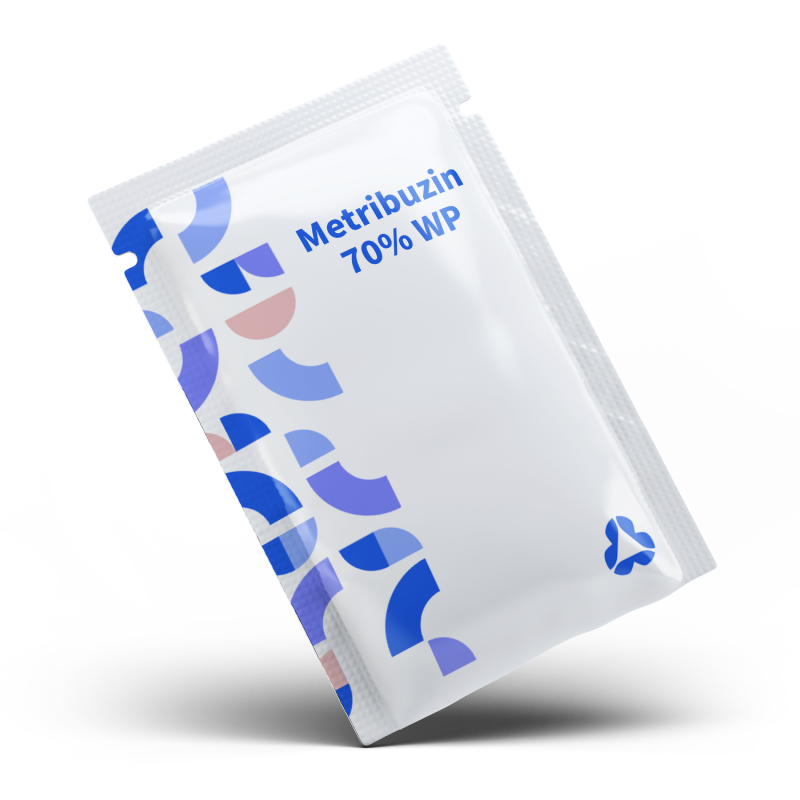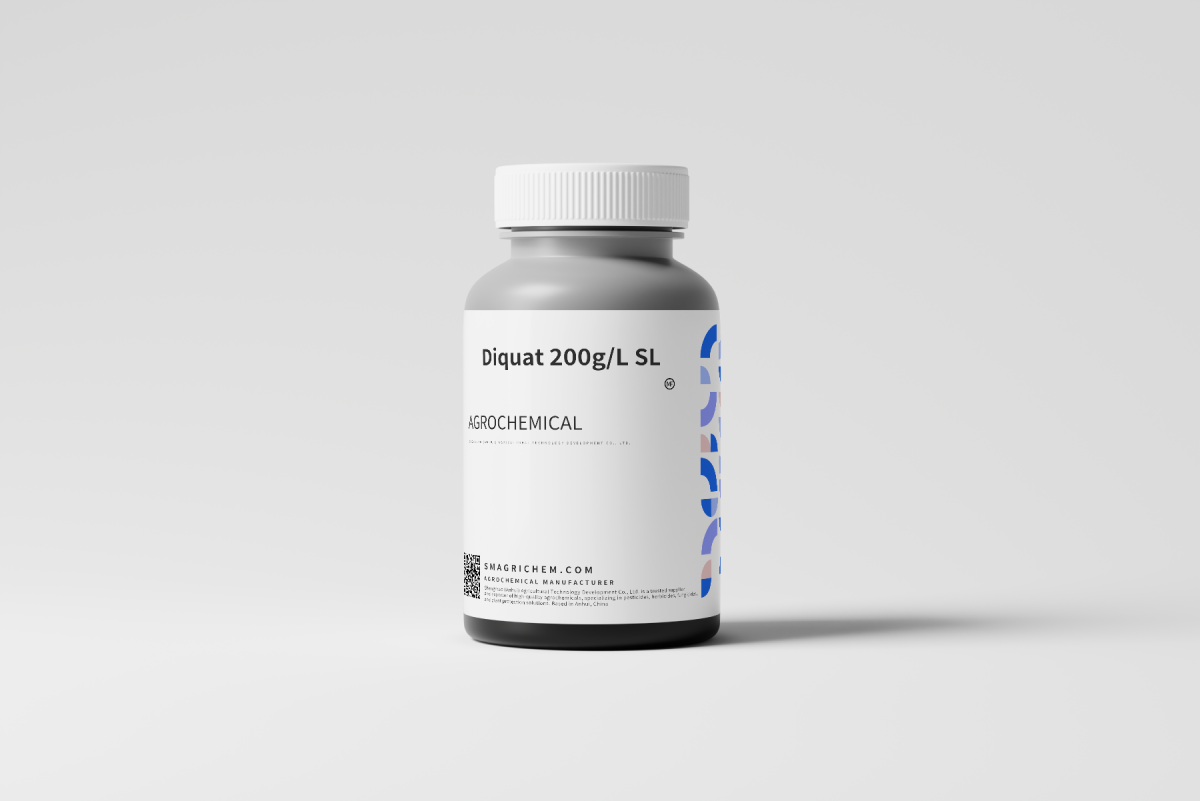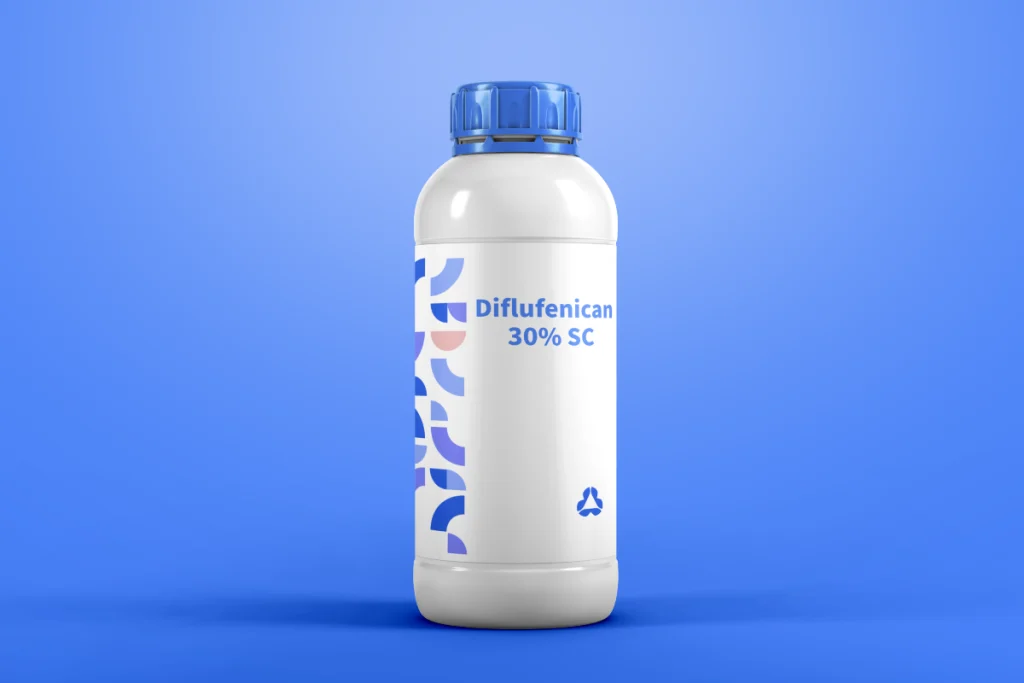Active Ingredient: Diquat Dibromide
CAS Number: 85-00-7
Molecular Formula: C₁₂H₁₂Br₂N₂
Classification: Non-selective contact herbicide with slight systemic properties
Primary Use: Controls broadleaf weeds, grasses, and aquatic weeds through rapid desiccation of plant tissues

Metribuzin 70% WP Herbicide | Selective Weed Control for Soybeans, Potatoes, and Sugarcane
Metribuzin 70% WP (Wettable Powder) is a selective herbicide designed for pre-emergent and post-emergent control of annual broadleaf weeds and some grasses in soybeans, potatoes,



